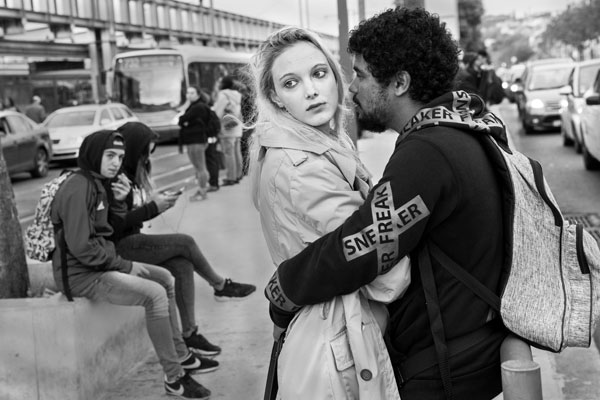Unknown Facts About Framing Streets
Unknown Facts About Framing Streets
Blog Article
Not known Incorrect Statements About Framing Streets
Table of ContentsWhat Does Framing Streets Do?Some Known Questions About Framing Streets.Fascination About Framing StreetsThe Single Strategy To Use For Framing StreetsSome Of Framing StreetsFraming Streets Things To Know Before You Buy
Photography genre "Crufts Pet Show 1968" by Tony Ray-Jones Street photography (also in some cases called honest digital photography) is digital photography performed for art or questions that features unmediated chance experiences and random cases within public locations, generally with the objective of catching pictures at a crucial or touching moment by mindful framing and timing. 
, that was inspired to take on a comparable paperwork of New York City. As the city created, Atget assisted to promote Parisian streets as a deserving topic for digital photography.

Framing Streets Things To Know Before You Buy
The chief Mass-Observationists were anthropologist Tom Harrisson in Bolton and poet Charles Madge in London, and their first record was produced as the book "May the Twelfth: Mass-Observation Day-Surveys 1937 by over two hundred viewers" [] Window cleaner at Kottbusser Tor, Berlin, by Elsa Thiemann c. 1946 The post-war French Humanist School photographers found their topics on the road or in the restaurant. Andre Kertesz.'s commonly admired Images la Sauvette (1952) (the English-language edition was titled The Definitive Minute) promoted the idea of taking an image at what he labelled the "definitive moment"; "when kind and content, vision and make-up combined into a transcendent whole" - 50mm street photography.
The Facts About Framing Streets Uncovered
, then a teacher of young youngsters, associated with Evans in 193839.'s 1958 publication,, was significant; raw and usually out of emphasis, Frank's pictures questioned mainstream digital photography of the time, "challenged all the browse around this site official rules laid down by Henri Cartier-Bresson and Pedestrian Evans" and "flew in the face of the wholesome pictorialism and sincere photojournalism of American magazines like LIFE and Time".
Report this page